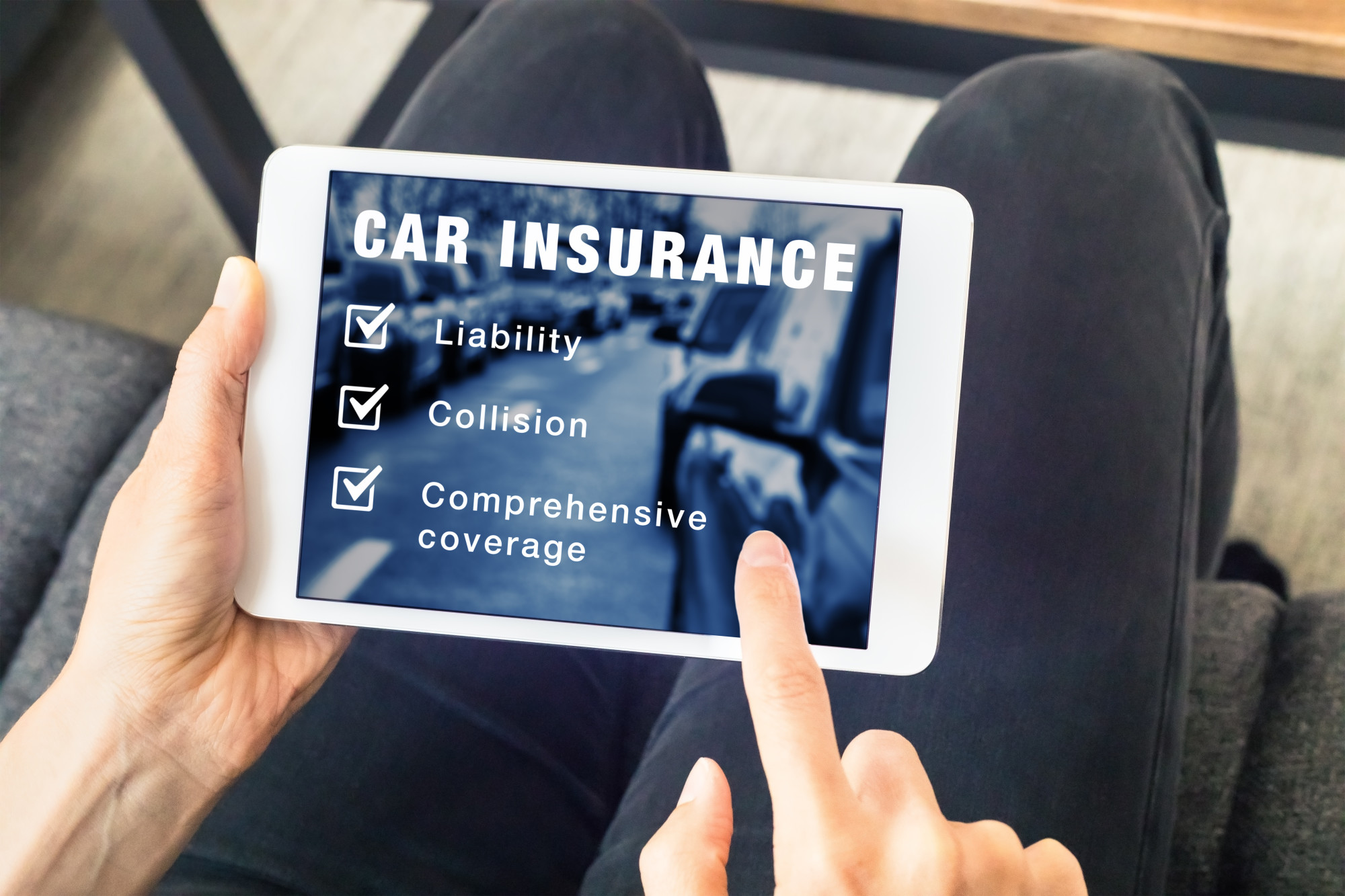For the last several years, the cost of car insurance has been increasing throughout the United States.
These increases have a lot of drivers looking to learn more about car insurance basics. They’re also trying to figure out how they can use this information to save money. After all, the more you know, the easier it is to find an insurance policy that meets your needs without breaking the bank.
If you’re looking to expand your insurance knowledge, read on for your ultimate auto insurance guide.
Explained below is everything you need to know about the different types of auto insurance. You’ll also gain some important insights that will help you figure out how much coverage you need and how to find cheap car insurance in your area.
Why Does Auto Insurance Matter?
Before we dive into the different auto insurance coverage types that you have to choose from, let’s go over why it’s important to invest in a good insurance policy.
As prices go up for car insurance, many people are wondering whether it’s even worth it for them to pay to be covered. There are lots of reasons why you need to have car insurance, though, even if you live in a state where insurance isn’t required by law (such as Virginia or New Hampshire), including the following:
Legal compliance
Unless you live in New Hampshire or Virginia, you need to have car insurance in order to be legally compliant.
If you don’t have car insurance and get pulled over for any reason, you could end up facing some hefty fines. If you’re caught multiple times driving without insurance, you may even find yourself spending time in prison.
Neither of those options sounds great, do they? Wouldn’t it be better to just invest in insurance now?
Assistance after an accident
Some people waffle at the idea of paying for car insurance because they assume they’re good drivers who won’t ever have to use it. It’s better to be safe than sorry, though.
In the event that you are involved in a car accident, having insurance coverage will be invaluable. It’ll help you get your car fixed sooner and get back on the road without having to spend a ton of money on repairs.
Assistance in an emergency
Car insurance isn’t just for providing you with assistance after you’ve been in an accident. Your insurance provider can also assist you in an emergency situation. For example, if your car breaks down on the side of the road or you get a flat tire, you can call your insurance company and ask them to send someone to come and help you out.
Nobody likes to think of themselves being in these situations, and we all hope it’ll never happen to us. In the event that it does, though, it’s better to be prepared and have someone you can call for backup.
Save money
The idea of shelling out money to pay for your car insurance coverage might make you feel a little nauseated. Hopefully, though, you can see that it’s better to spend some money now than it is to have to spend a ton of money later.
Sure, car insurance can be expensive. Getting your car fixed after an accident is often a lot more expensive than what you’re paying for your average premium, though.
Most Popular Types of Auto Insurance
If you were considering dropping your car insurance altogether, hopefully, you’ve reconsidered that decision and are convinced that you need to invest in coverage. You might now be wondering, though, what kind of auto insurance you ought to purchase.
If you’re in this boat, here are some car insurance definitions and insurance policy descriptions you should know that will help you make the right decision:
Liability insurance
The term “liability” refers to your legal responsibilities. In the case of your car insurance, liability insurance provides you with coverage in the event that, legally, the car accident is determined to be your fault.
There are two main types of liability insurance:
- Bodily injury liability: This covers any injuries that affect the other people involved in the accident in which you’re at-fault; it includes medical bills, pain and suffering, and lost wages
- Property damage liability: This covers damage done to the other person’s car as a result of the accident; it also includes damage to other types of property, such as fences, mailboxes, or buildings
Uninsured and underinsured motorist coverage also falls under the liability insurance umbrella. This covers you in the event that another person is liable for the accident but doesn’t have liability insurance themselves.
Vehicle coverage
In your car insurance research, you’ve probably found yourself asking questions like, “What is comprehensive auto insurance?” This term comes up a lot, and it refers to a type of vehicle coverage that is considered optional.
Comprehensive vehicle coverage protects your car from damage that isn’t sustained in an accident. For example, if a tree branch fell on your car and you had comprehensive coverage, that would help to pay for the repairs.
Another type of vehicle coverage that you might want to consider is collision coverage. As the name suggests, this covers the repairs to your car if it gets damaged in a collision. Collision coverage can also pay for other types of damage, such as pothole damage.
Optional coverage
There are a few other types of optional coverage that you might want to consider adding to your insurance policy, including the following:
- Medical payments coverage: This helps to cover the cost of medical bills or lost wages that you have to deal with after being involved in an accident; it can even cover you, in some cases, if you’re hit by a car as a pedestrian
- Personal injury protection: This covers the injuries you, your family, or anyone else in the car sustains as a result of the accident, regardless of who is at-fault
- Gap insurance: If your car is totaled or badly damaged, gap insurance helps to cover the difference between the worth of the car and what you still owe on it to save you from high out-of-pocket payments
These coverage options aren’t necessary, and they will add to your insurance premium. For some people, though, it’s worth the extra cost to have the peace of mind they provide.
How Much Coverage Do You Need?
When you start going over auto insurance basics, you’ll soon realize that there are a lot of different coverage options available to you. It’s not always easy to tell how much coverage you need, though.
Here are some things to take into account when deciding the level of coverage that makes the most sense for you:
- Consider your needs and think about what types of protection matter most to you; is it important for you to have personal injury protection, for example, or collision coverage?
- Consider your budget and what you can afford to pay; you may need to trim some of the optional forms of coverage if you’re working with a limited amount of money
- Consider the age of your car; if you have an older car, you may want to skip on some of the optional coverage to lower your premium
- Think about your history and consider which types of coverage make the most sense based on your track record
Asking yourself these questions can help you decide what’s worth it for you when it comes to insurance coverage and what’s not.
How To Find Affordable Auto Insurance
As we’ve mentioned earlier in this article, auto insurance prices are on the rise throughout the country. There are ways to get around this, though. Whether you’re looking to find auto insurance cheap in the city or anywhere else, these tips will help you save money on coverage:
- Dare to compare: Shop around and compare premium rates and coverage types from several different insurance providers before making a decision
- Shop for insurance first: If you’re looking to buy a new car and are thinking about insurance for it, consider how much it’ll cost to insure different types of vehicles before making a decision
- Raise your deductible: Doing this can help you to lower your monthly or yearly premium; you will have to pay more out of pocket before your insurance kicks in, though
- Ask about bundling: Bundling your auto insurance with other types of insurance can give you a nice discount
- Look for discounts: There are lots of other discounts that may be available to you, too, including discounts for being a safe driver or for having low mileage
This last point is especially important. Always ask for discounts before signing up for a particular policy. You might be surprised at what you qualify for.
Get Covered Today
Now that you know more about the different types of auto insurance, as well as how you can find affordable insurance in your area, it’s time to start your search for a new policy.
Remember, one of the best ways to save money on car insurance without sacrificing coverage is to compare before you buy. Policy Pilot makes it easier than ever for you to do just this. Use our online tool today to compare policies and find one that’s a good fit for you.
We also help you to compare policies for other types of insurance, including health insurance and life insurance.



